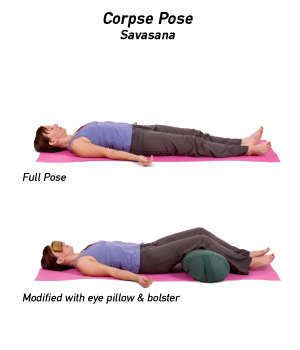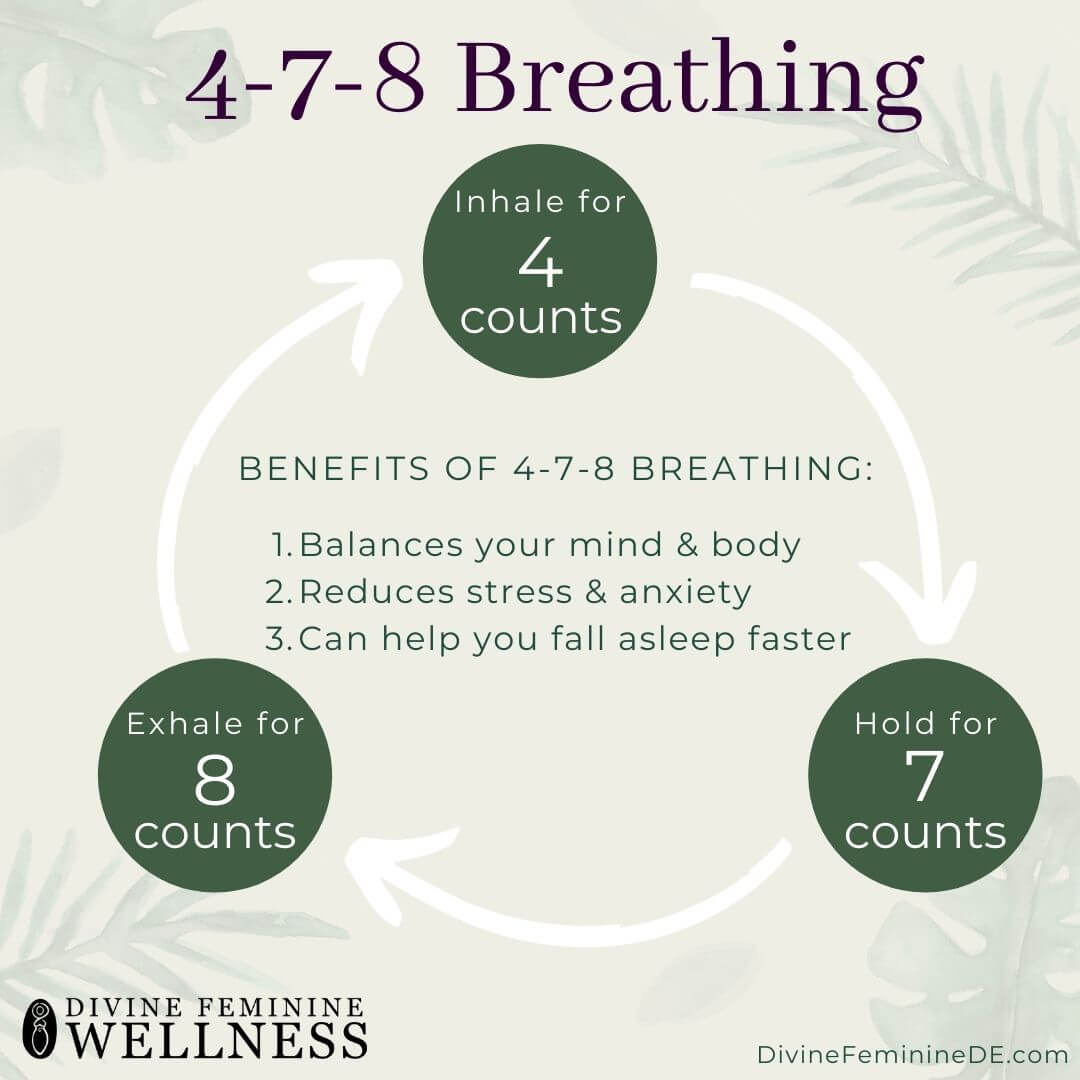Yoga for Insomnia

Insomnia is not just affecting the elderly in a society full of problems and anxieties; it is also progressively affecting the younger age. The modern world is full of temptations, including social media, electronics, and stimulants, which add to the stress that comes with job, school, and daily life. These things put the human neurological system under constant strain. Stress progressively deteriorates sleep, which results in insomnia.
What is Insomnia?
If you have trouble falling asleep, don't get a good night's sleep, wake up throughout the night, sleep too much or too little, or wake up feeling weary, Sleep disturbances can lead to exhaustion, impair productivity and quality of life at work, or worse, develop into chronic insomnia if they are not treated quickly. Chronic sleep deprivation has been linked to serious health issues, including heart disease, obesity, diabetes, and depression.
The Science Behind Yoga and Sleep
Yoga stands out among the dozens of therapy options as a mild yet effective strategy for achieving restful sleep. Come learn about the significant relationship between yoga and relieving insomnia and how it may lead to calmness, renewal, and mental clarity by joining Everyday Yoga. Yoga, known for its calming effects on the body and mind, emerges as a holistic approach to counteracting insomnia. Through a combination of physical postures, controlled breathing, and meditation, yoga promotes relaxation and prepares the body for sleep. The practice can help to lower stress hormones, release physical tension, and quiet the mind's chatter. As a result, yoga can be a powerful tool in the quest for improved sleep quality, offering a natural and accessible solution for those struggling with the restless nights of insomnia.
Yoga Poses to Promote Better Sleep
Incorporate these restorative yoga asanas into your nighttime routine to unwind and set the stage for quality sleep
1. Balasana (Child’s Pose) - Calms the brain and relieves stress

- Start on your hands and knees, then spread your knees wide while keeping your big toes touching.
- Exhale as you bow forward, letting your torso drape between your thighs.
- Keep your arms long and extended. Place your forehead on the floor or on a pillow. Then bring your arms to rest alongside your thighs, with your palms facing up.
- Hold for up to a minute or longer, breathing softly.
2. Viparita Karani (Legs-Up-The-Wall Pose) - Relaxes the heart and may help lower blood pressure

- Set a bolster or pillow on the floor against the wall.
- Place your low back next to the bolster. Sit sideways and gently bring your legs up onto the wall.
- Rest your shoulders and head on the floor.
- Hold for 5-10 minutes, breathing with awareness.
- To release, slowly push yourself away from the wall and slide your legs to the side.
3. Savasana (Corpse Pose) - Releases full body tension and helps recalibrate your nervous system

- Choose a comfortable, quiet space with minimal distractions. Optionally, dim the lights or use an eye pillow to block out light and stimulate a state of relaxation.
- Gently lie down on your back on a yoga mat or a flat, comfortable surface. Ensure your spine is straight and your body is aligned.
- Let your feet splay open naturally with your legs comfortably apart, usually around hip-width distance. Place your arms alongside your body, palms facing upwards in a gesture of receptivity and relaxation.
- Consciously release and relax every part of your body, starting from your feet and moving upwards to your calves, knees, thighs, hips, back, shoulders, arms, hands, neck, and finally the head and face muscles.
- Allow your breath to flow naturally without trying to control or alter its rhythm. With each exhale, imagine yourself sinking deeper into the state of relaxation.
- Softly close your eyes and focus your attention inward. If your eyes don't easily close, cover them with an eye pillow or a soft cloth.
- Conduct a mental scan of your body, noting areas of tension. Imagine your breath reaching those spots and releasing the tension as you exhale.
- Though the aim is relaxation, try to remain present and aware. Let go of any thoughts, plans, or worries, allowing your mind to become quiet and peaceful.
- Stay in Savasana for 5 to 10 minutes, or longer if desired, allowing the restorative effects of your practice to permeate your body and mind.
- To exit, begin to deepen your breath, inviting gentle movement back into your body by wiggling your fingers and toes. Slowly roll to one side, using your arm as a pillow, resting there for a few moments. When you're ready, push yourself up to a seated position with your eyes still closed or softly focused to transition gently back into your surroundings.
Remember to approach each pose with mindful breathing and to focus on releasing tension with every exhale.
Breathing Exercises for Relaxation
Pranayama, or controlled breathing, is effective for managing insomnia.
- 4-7-8 Technique - A breathing pattern that encourages a calming effect on the nervous system.

- Diaphragmatic Breathing - Focuses on deep, even breaths to reduce anxiety.

- Nadi Shodhana (Alternate Nostril Breathing) - Balances the left and right hemispheres of the brain and enhances relaxation.

Mindfulness and Meditation for Insomnia
Mindfulness and meditation can ease a restless mind and prepare the body for sleep. A simple practice such as scanning the body and releasing tension from head to toe, or guided visualizations to invoke peaceful imagery, can significantly impact the quality of your sleep.
HELPFUL TIP!
Adopt a consistent sleep schedule and create an environment conducive to sleep by controlling light, noise, and temperature. Avoiding caffeine and heavy meals before bed can also improve sleep patterns.
Integrating Yoga into Your Nightly Routine
To maximize the benefits, make yoga a regular part of your pre-sleep regimen. The key is consistency and allowing yourself to be present and tuned into your body’s needs.
Conclusion
Incorporating yoga into your evening can be a powerful weapon in your arsenal against insomnia. Gradually, with regular practice, you may find the quality of your sleep improving, bringing with it enhanced vitality and well-being. As you embrace the stillness yoga offers, it not only helps you reclaim those precious hours of rest but also helps you navigate life with a more grounded and rested foundation. With Everyday Yoga’s help, tonight, as you dim the lights and step onto the mat, remember that each breath and stretch is an invitation to a more peaceful night’s sleep.
See you on the mat!
Namaste!

